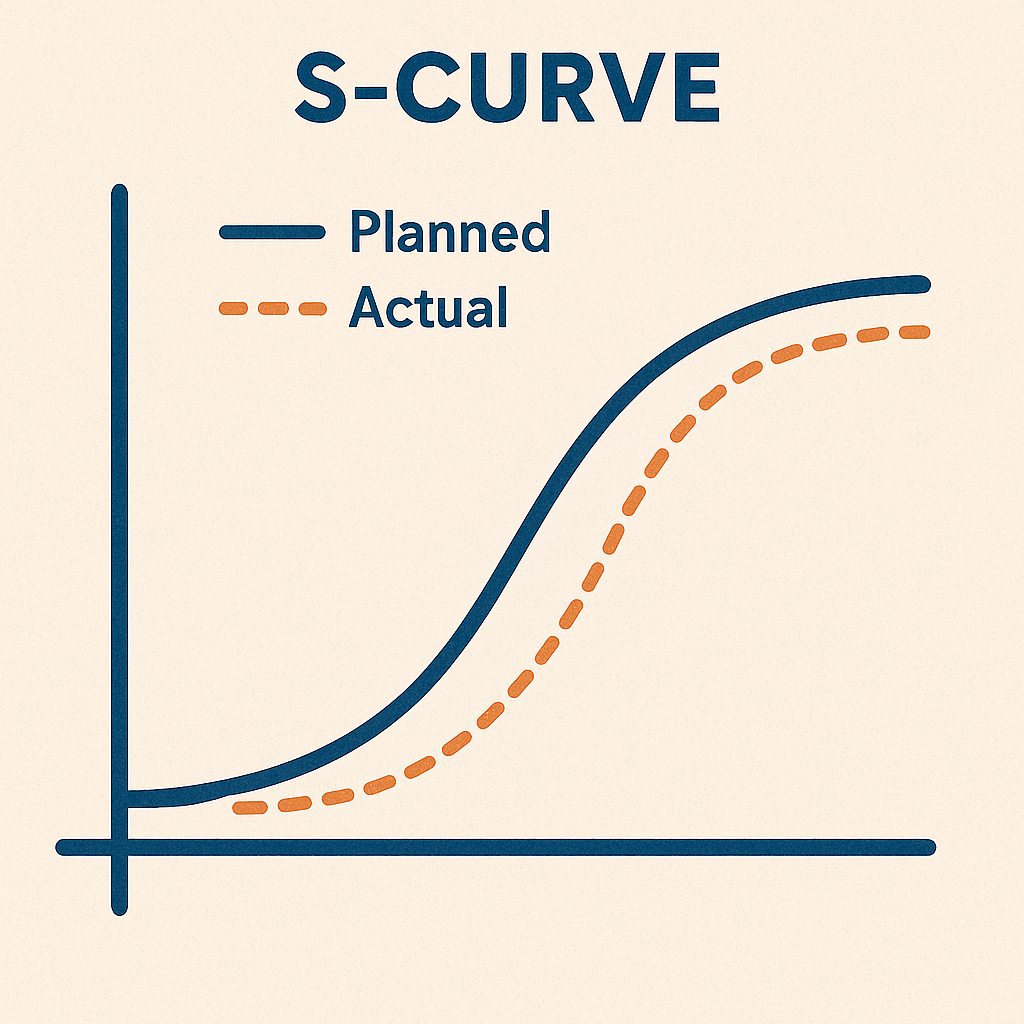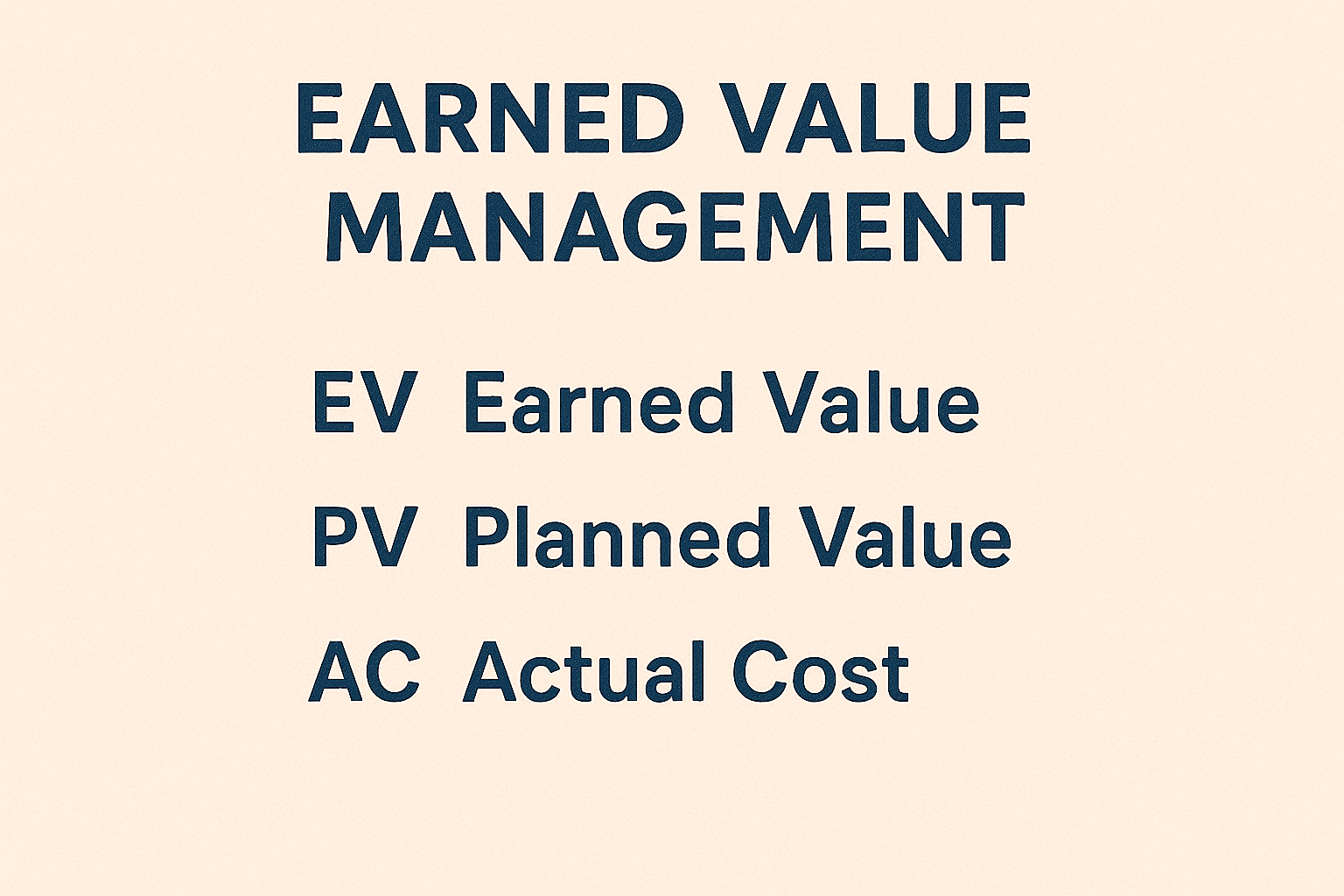

Reactive Vs Pro-active Project Management
Taking corrective actions to correct deviations which have already happened is reactive project management, where as forecasting futuristic potential problems well in advance and then taking measures to avoid them before they occur is pro-active project management. Project management becomes more efficient with pro-active project management. With the availability of Artificial Intelligence (AI) driven Project Management Information Systems (PMIS) to monitor and control projects, proactive project management is at the threshold to leapfrog into newer heights.
Key factors to be monitored and controlled for project success
- Schedule
- Cost
- Quality
- Resources
- Communications
- Risks
- Procurements
- Stakeholder engagement
- Health, Safety & Environment (HSE)
Accurate and timely data is key
Proactive project management need accurate and timely data pertaining to;
- Schedule
- Cost
- Scope
- Quality
- Resource utilisation
- Project communications
- Project risks
- Project procurements
- HSE incidents
- Stakeholder satisfaction
- Customer complaints
- Snags etc
Project Management Information Systems (PMIS)
Project management information systems (PMIS) collects, collates and present project data from various sources like Document Management Systems, Scheduling systems, Time capture systems, Procurement systems, ERP, CAD, BIM etc and presents it in interactive project dashboards with drill down facilities.
For a detailed understanding of Project Management Information Systems (PMIS) click here
The ‘S’ Curve

The burn down chart

Earned Value Management

For more details about Earned Value Management click here
